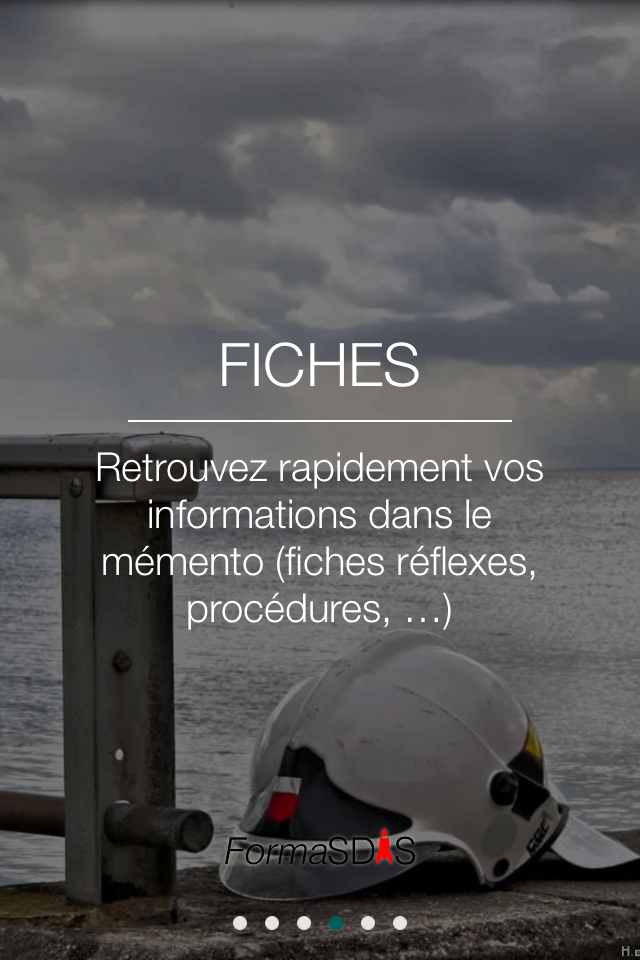“Simple is hard. Easy is harder. Invisible is hardest.” Jean-Louis Gassée, former Executive at Apple Computer.
What makes a surfer click? What grabs a reader attention? How to catch long-term memory?
At Teach on Mars we believe that the key ingredient of a successful mobile learning application comes from the combination of innovative and mobile first digital tools coupled with eye-catching, clear and efficient content/design.
Add a pinch of psychology while designing a content might well help it to hit the mark!
So, Best-writing Authors, just let your creativity rip, watch out for our many helpful hints and tips lessons and start writing activities content that will make learners want more!
Let’s start the lessons! As a lesson teaser, let us drive you into the mysteries of how people actually see, and how to take advantage of it!
First, what you believe to show in your content is not necessarily what the learner will see. Our brain sometimes deciphers anything but the image!
- Image interpretation depends on the learner background, knowledge and expectations
- Optical illusions mislead our senses, as in famous Franz Müller-Lyer optical illusion of 2 lines of the same length yet looking different:
- Colors and shapes influence interpretation:
Furthermore, studies conducted by Adam Larson and Lester Loschky show that peripheral vision gets the essence of a scene, while central vision is used to look at things directly, to see details. It is therefore important that the information in the periphery clearly communicates the purpose of an activity card.
Teach on Mars illustration on peripheral vision:
Finally, people identify objects by distinguishing patterns. As per Irving Biederman “geons” theory, we shape all objects from 24 basic forms that we distinguish in all objects. Hence, we suggest that you use patterns (grouping, white space…) as much as possible, since people automatically look for them!
Teach on Mars illustration on patterns usage:
You now see that what our brain comes up with isn’t exactly what our eyes are seeing!
In the next lesson, we will keep on analyzing the journey of an image within our brain!

Diplômée d’école de commerce et passionnée par les innovations du numérique, Noémie a enfilé son scaphandre et rejoint l’équipe Teach on Mars au poste de Content Manager. Elle intervient en marketing et événementiel tout en contribuant à Teach on Earth, une initiative sociale et environnementale.







